Butterfly Valve
Working Principle: A butterfly valve uses a disc to control the flow of fluids or gases. The disc is mounted on a shaft, and when the handle is turned, the disc rotates 90 degrees to allow or block the flow.
Features: Simple structure, compact size, low flow resistance, commonly used in large flow and low-pressure applications.
Ball Valve
Working Principle: A ball valve uses a hollow, perforated, and rotatable spherical valve element to control the flow of fluids or gases. When the handle is turned, the ball rotates 90 degrees to control the flow.
Features: High reliability, low maintenance, suitable for high-pressure and high-temperature applications, widely used in industries such as petroleum, chemical, and natural gas.
Plug Valve
Working Principle: A plug valve uses a cylindrical or conical plug to control the flow of fluids or gases. The plug rotates when the handle is turned, allowing or stopping the flow.
Features: Simple structure, suitable for applications requiring fast opening and closing.
Gate Valve
Working Principle: A gate valve uses a gate-shaped disc that rises or falls to control the flow of fluids or gases.
Features: Typically used in high-pressure and high-temperature applications, suitable for applications requiring reliable shut-off, with excellent sealing performance.
Globe Valve
Working Principle: A globe valve uses a disc that moves vertically against a seat to control the flow of fluids or gases.
Features: Used for precise flow control, especially in applications where accurate flow regulation is important.
Diaphragm Valve
Working Principle: A diaphragm valve uses a flexible diaphragm positioned between the valve body and cover to control the flow of fluids or gases. When the handle is turned, the diaphragm is raised or lowered to allow or block the flow.
Features: Suitable for controlling the flow of corrosive, viscous fluids, widely used in food, pharmaceutical, and other industries.
Pinch Valve
Working Principle: A pinch valve controls the flow of fluids by squeezing a rubber tube or sleeve placed inside the valve body.
Features: Commonly used in applications involving slurries, corrosive materials, and abrasive fluids, providing excellent sealing.
Needle Valve
Working Principle: A needle valve uses a small conical needle-like disc to control the flow of fluids or gases.
Features: Ideal for precise flow control applications, such as in laboratories or medical equipment for micro-flow regulation.
Check Valve
Working Principle: A check valve allows fluids or gases to flow in one direction while preventing reverse flow.
Features: Used in piping systems to prevent backflow. Common types include swing check valves, lift check valves, ball check valves, etc.
Pressure Reducing Valve
Working Principle: A pressure reducing valve automatically releases excess pressure to protect the pipeline system from overpressure.
Features: Commonly used in applications involving steam, gas, or liquids, helping to control and stabilize the pressure within the system.

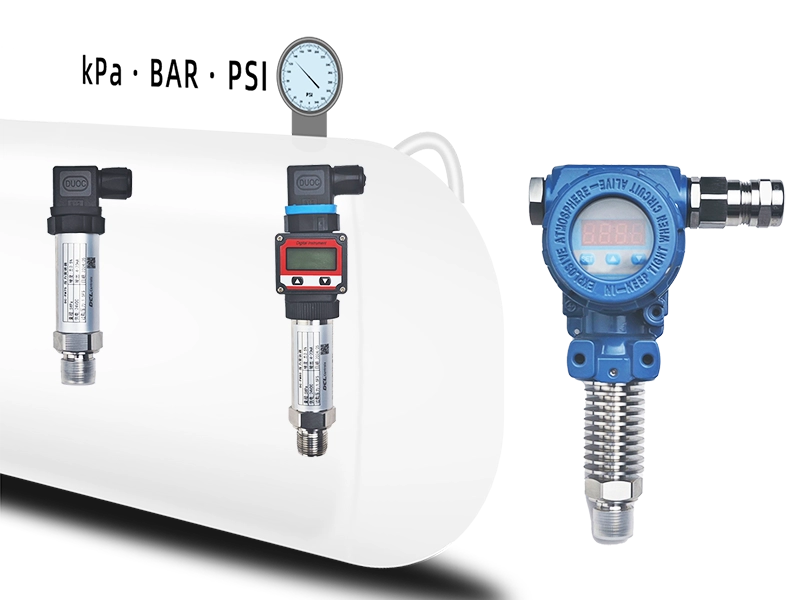
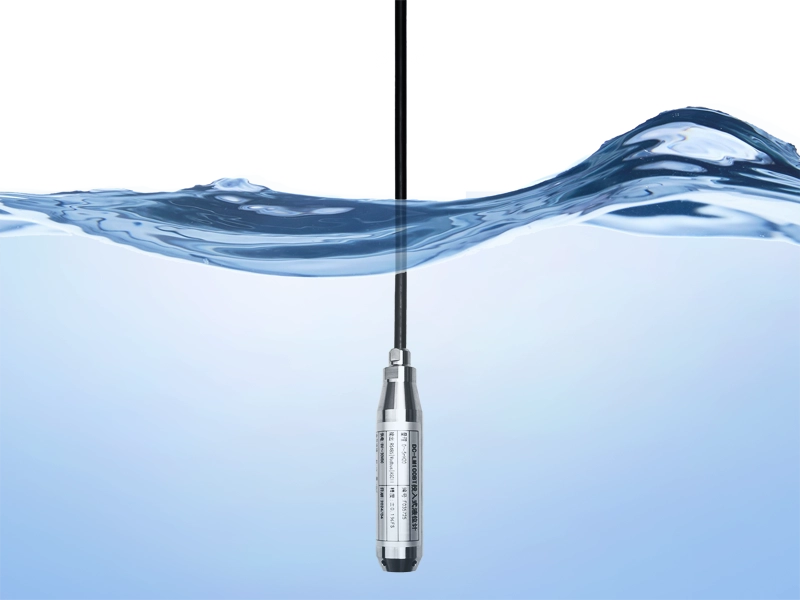





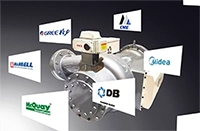


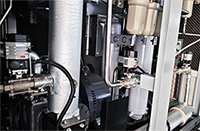



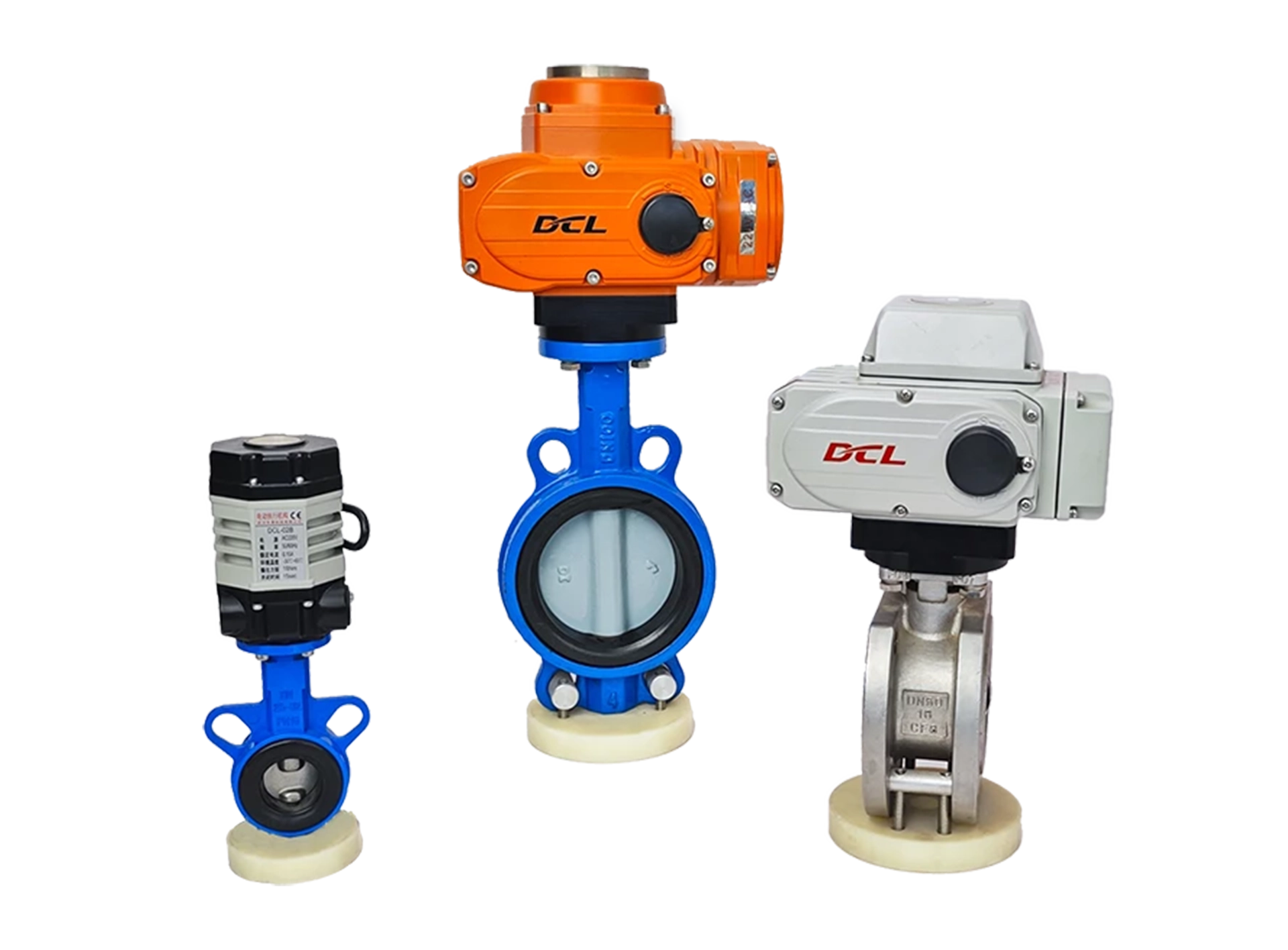












 鄂公网安备 42018502006527号
鄂公网安备 42018502006527号